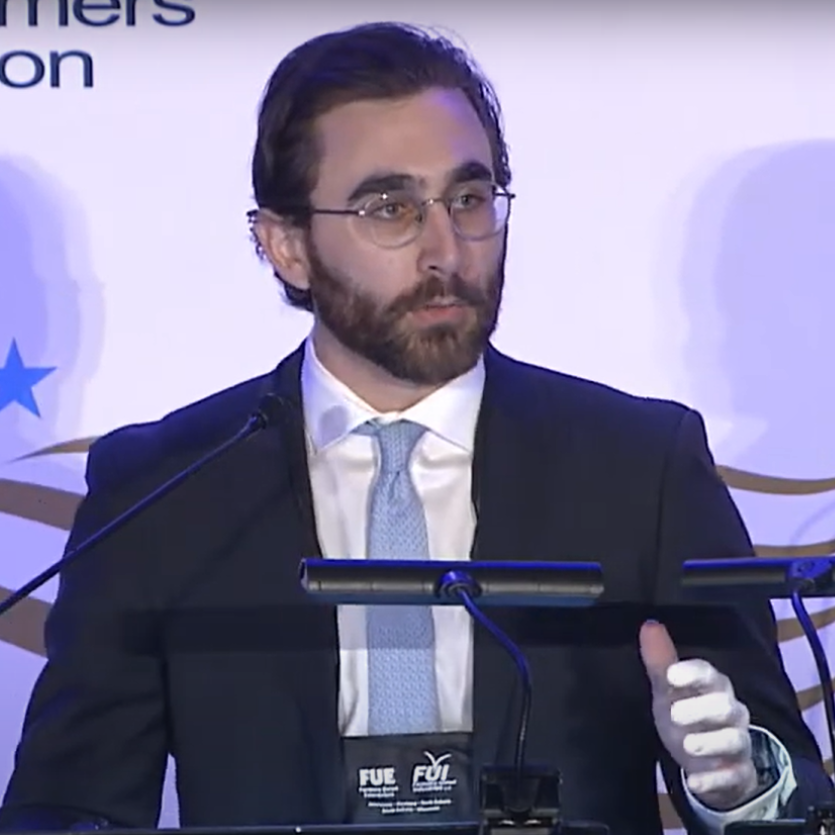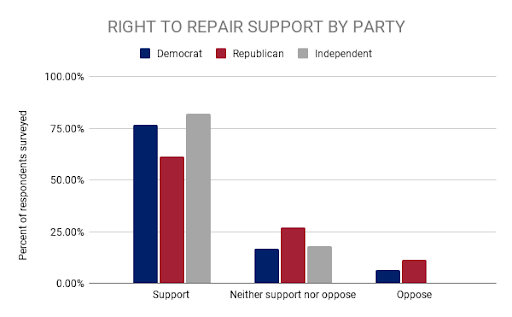
Kevin O'Reilly
Former Director, Campaign for the Right to Repair, PIRG
People in the Golden State just want to fix their stuff. Sacramento lawmakers are doing something about it.
Former Director, Campaign for the Right to Repair, PIRG
Are we condemned to a culture of replace rather than repair?
Californian’s emphatic response is “No!” That’s the firm belief held by 75% of Californians surveyed by CALPIRG, with strong support from Democrats, Republicans and Independents alike. This consensus has given rise to the robust Right to Repair movement in California and beyond.

Now, thanks to the leadership of California Sen. Susan Eggman and organizational cosponsors CALPIRG, iFixit and Californians against waste, Right to Repair is closer than ever to becoming law in the Golden State. SB 244, the Right to Repair Act, passed through the Assembly Judiciary Committee without a single opposing vote last week. Recent votes—including a 7-0 vote in the Assembly Privacy and Consumer Protection Committee and a 38-0 vote to pass through the State Senate—show the broad support we’ve helped build in the state.
As we move closer to providing California consumers with repair relief, let’s look back at what we’ve done and why we’re doing it.
Both California and the nation face a grave electronic waste (e-waste) crisis. Californian households alone generate an astonishing 772,000 tons of e-waste each year, leaching toxic chemicals into our environment.
This staggering figure is due in part to manufacturers’ restrictions on access to vital repair components for a range of devices—from smartphones to refrigerators. Consequently, consumers are funneled back to the original manufacturers, who often inflate repair prices to the point where purchasing a new device seems the more economical choice.
Right to Repair reforms, like the one CALPIRG is pioneering, promise to inject competition and expand consumer choice in the repair market. An increased number of repair options allows consumers to fix their devices affordably, potentially resulting in annual savings of over $5 billion for Californian households.
Moreover, prolonging the life of products and diverting them from the landfill is a crucial step towards curbing our e-waste crisis and curtailing unnecessary resource extraction and production. This vision fuels CALPIRG’s campaign to realize the Right to Repair in California.
As we’ve worked to spread the word about the ways that repair access can help consumers and the environment, we’ve recruited support from important constituencies and in-state organizations. This underscores the groundswell of public support for the Right to Repair that has built up, aligning with a surge of national momentum. Some notable highlights of this support include:
By requiring electronics and appliance manufacturers to provide access to repair materials for three to seven years, the California Right to Repair Act would be the strongest law of its kind. We’ll keep pushing until it becomes law.
